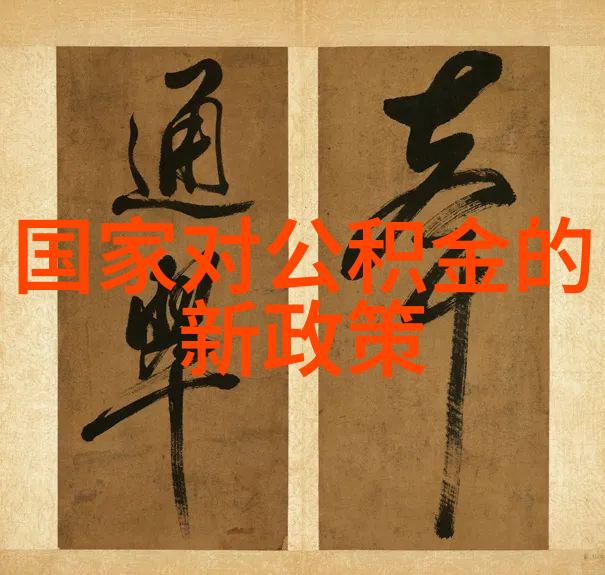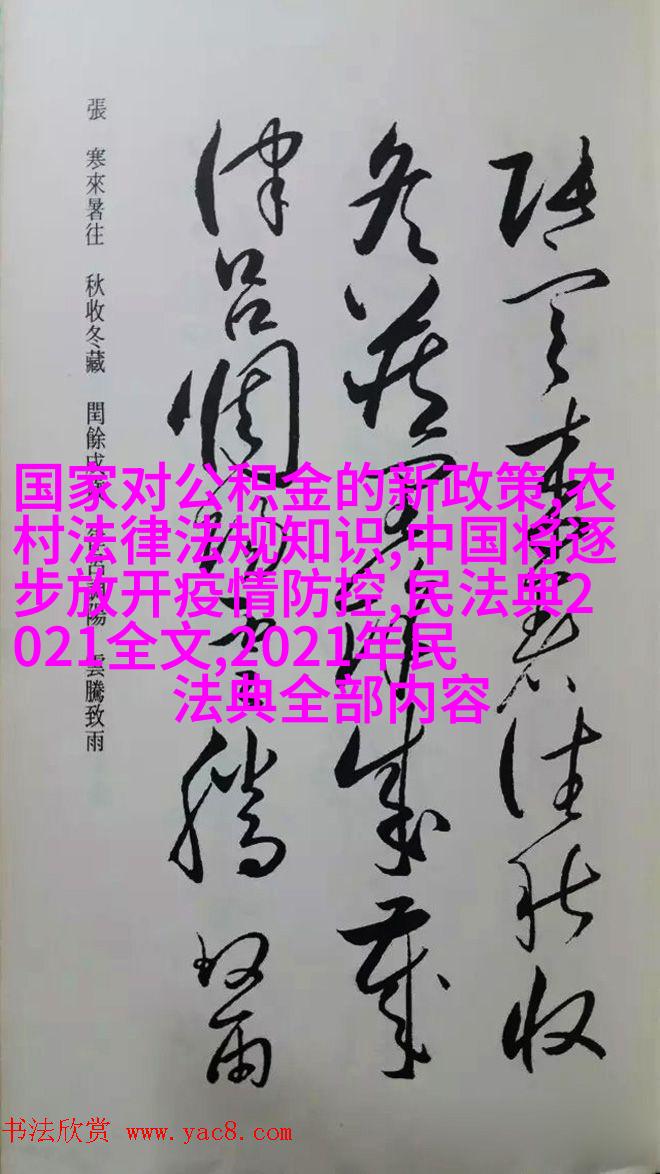
绿意盎然中的艺术表达茶艺与诗词之间的联系是怎样的
在中国文化中,茶道不仅是一种饮食习惯,更是一种生活态度和精神追求。它以静默、淡泊、恬淡为主要特征,对于那些追求内心宁静与精神深邃的人来说,无疑是一个极好的修身养性的途径。而茶道之所以能够激发人们的情感和思维,是因为它同样融合了丰富的文学艺术元素,如诗词。

茶艺与诗词的共生
在中国古代,诗词往往与自然景观相呼应,而茶道正是这样的自然景观的一部分。古人常将喝茶比作品味美文,他们认为品茗之余能引起情感共鸣,与吟咏之乐互相补充。在这种意义上,可以说茶道就是一种“绿意盎然”的文学形式,它通过简洁而优雅的动作,传递出一种超越言语的语言。

茶道内涵探究
精神层面的提升

首先,从精神层面来看,茶道要求参与者保持冷静、专注的心态,这些都是现代人所缺乏的品质。每一次泡制,一次沉淀,都是在不断地磨练自己的耐心和自控力。这一点,在某种程度上,与读书学习中培养批判性思维相似,都需要时间去积累和体会。
文化教育价值

其次,从文化教育角度讲,茶道作为一种传统文化实践,不仅仅局限于个人修行,还具有很强的社会交际功能。在日本,我们可以看到很多关于“抹香”(即用手指轻触杯壁)这一动作,它不仅代表着敬畏,也象征着对他人的尊重。在这里,我们可以看出,无论是中文还是日文里,“礼仪”、“节操”这些概念都紧密关联于如何做一个有教养的人,这对于我们今天这信息爆炸时代里的生活方式提供了一种新的思考视角。
艺术表现形式

再者,从艺术表现形式来考虑,每一壶泡好的好酒佳肴,每一朵花开得最艳丽,都蕴含着无穷尽无尽的情感和想法。这种情感上的交流,不亚于任何文字或绘画作品,它们共同构成了一个多元化、高级化的大师流派——中国传统文化艺术体系中的一员。
结语:继承传统创造未来
总结来说,tea art, or tea culture, is not just about drinking tea; it's a philosophy of life. It teaches us how to live in the present moment, appreciate the beauty of nature and the art of living. In this sense, we can say that tea culture has its own unique language and expression form.
As for poetry, it is a way to express our feelings and thoughts through words. When combined with tea culture, it forms an artistic dialogue between two people who share similar values and appreciation for life.
In conclusion, tea art and poetry are not mutually exclusive but complementary elements that enrich each other's meaning. Through them, we can understand more deeply the profound implications of China's traditional cultural heritage.
And as we continue to explore these rich traditions in our daily lives today, we will find new ways to appreciate their timeless wisdom while also creating innovative expressions that blend old with new – a harmonious fusion of past and future.



